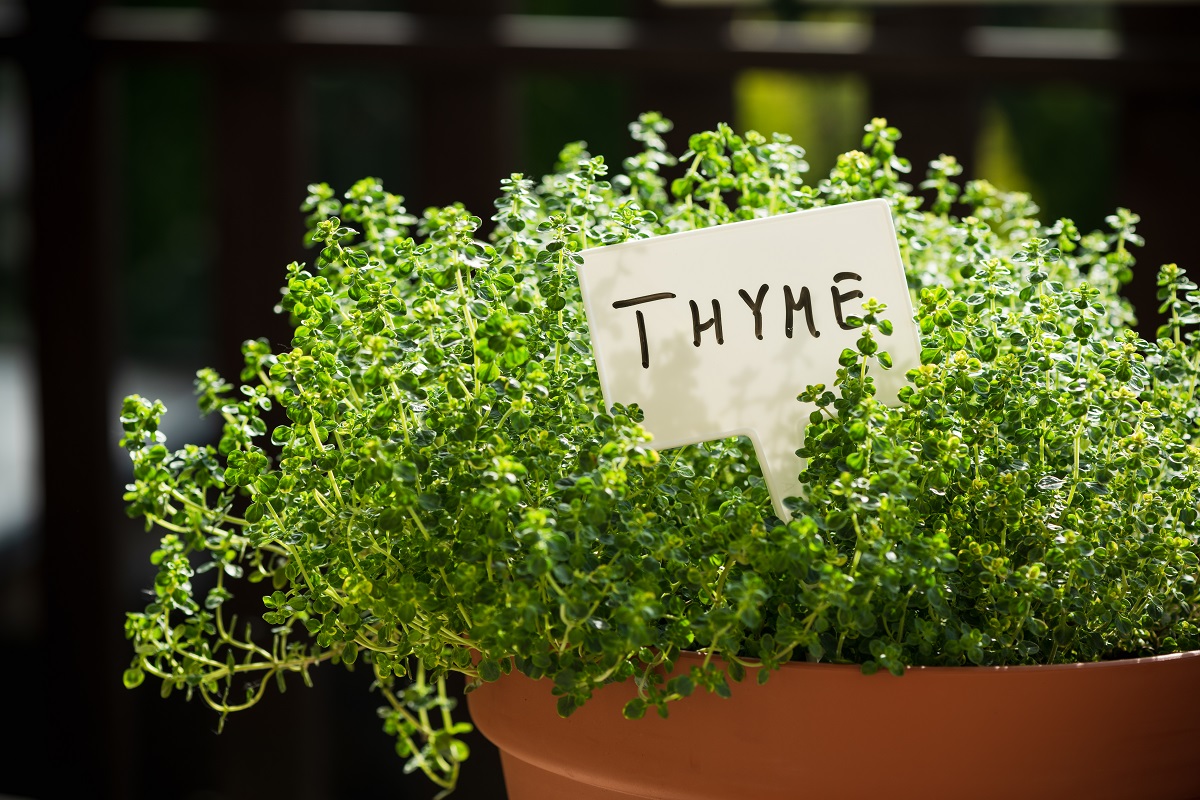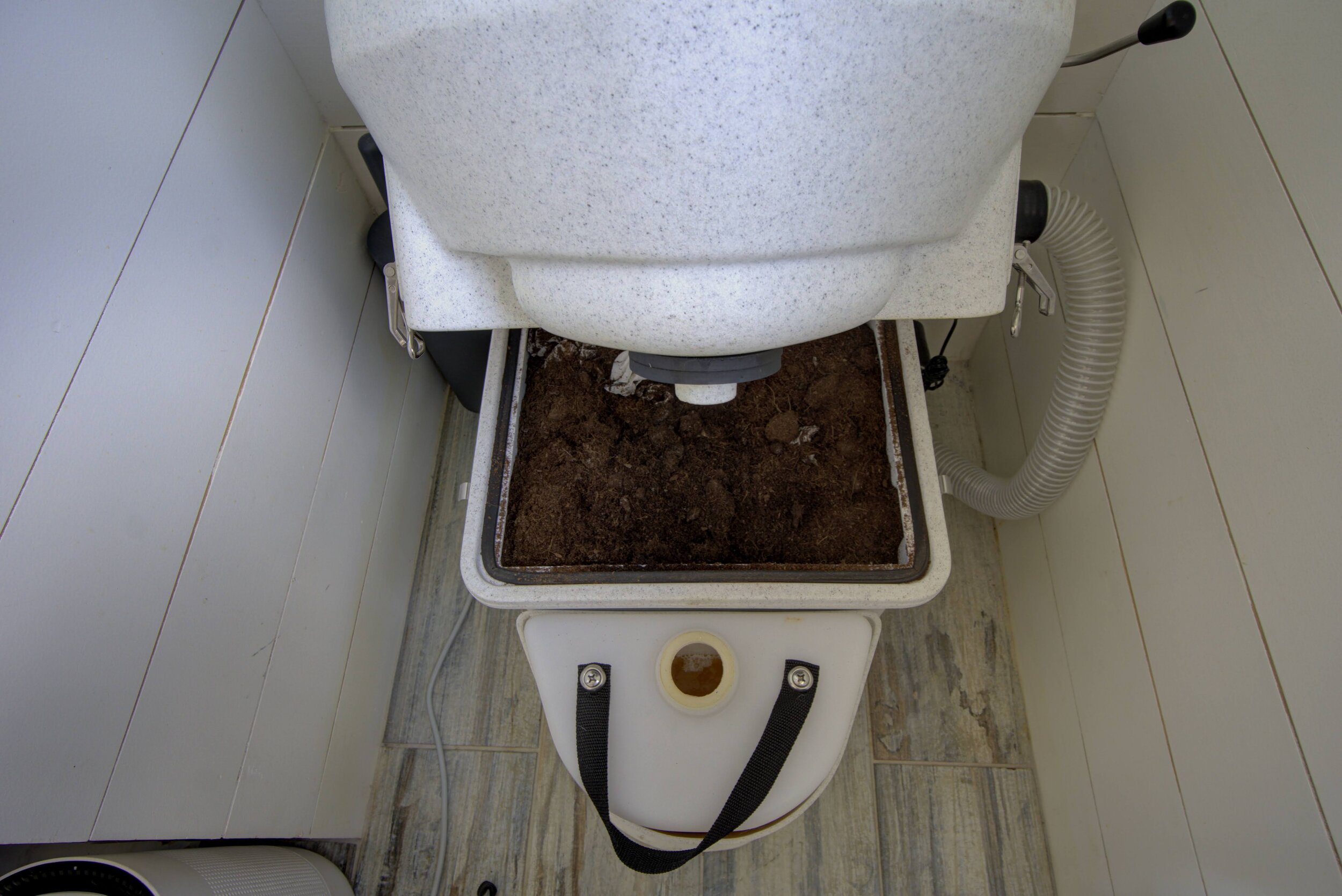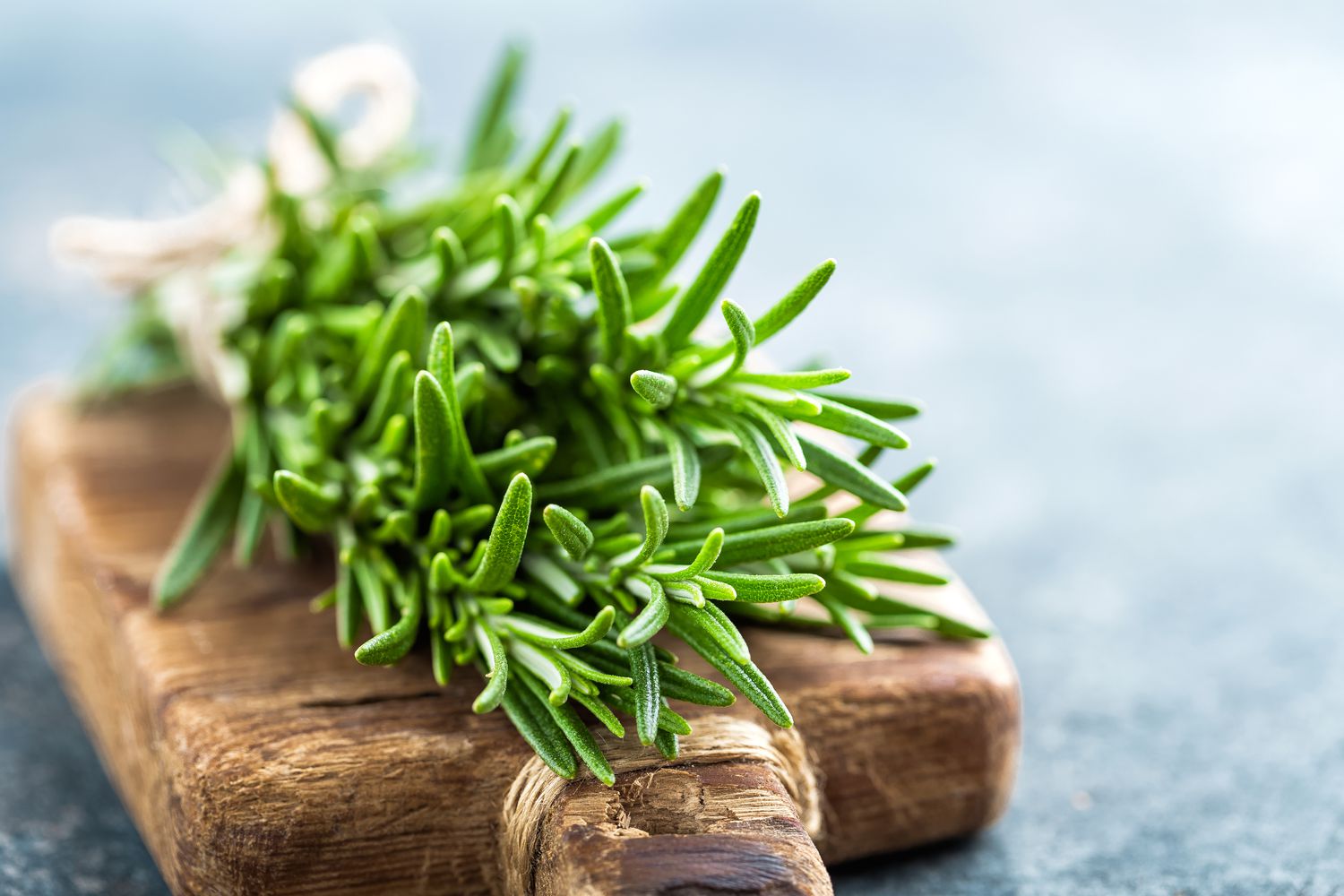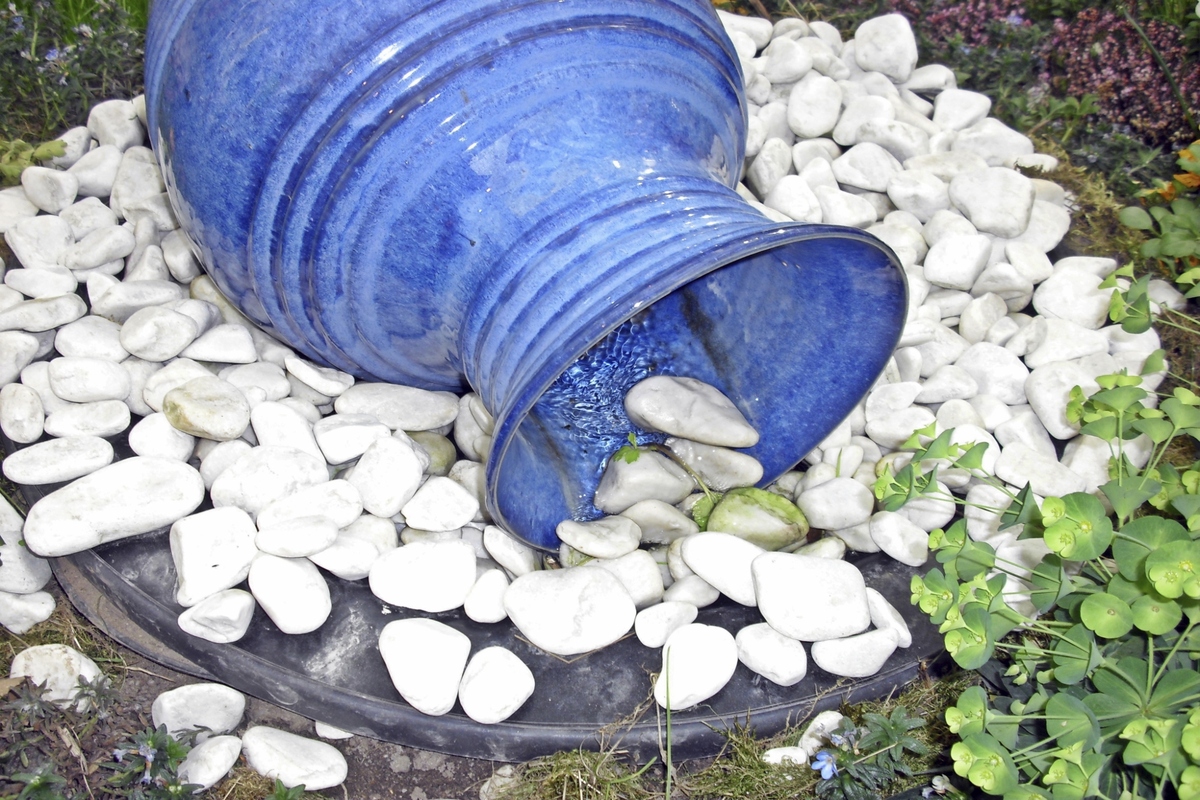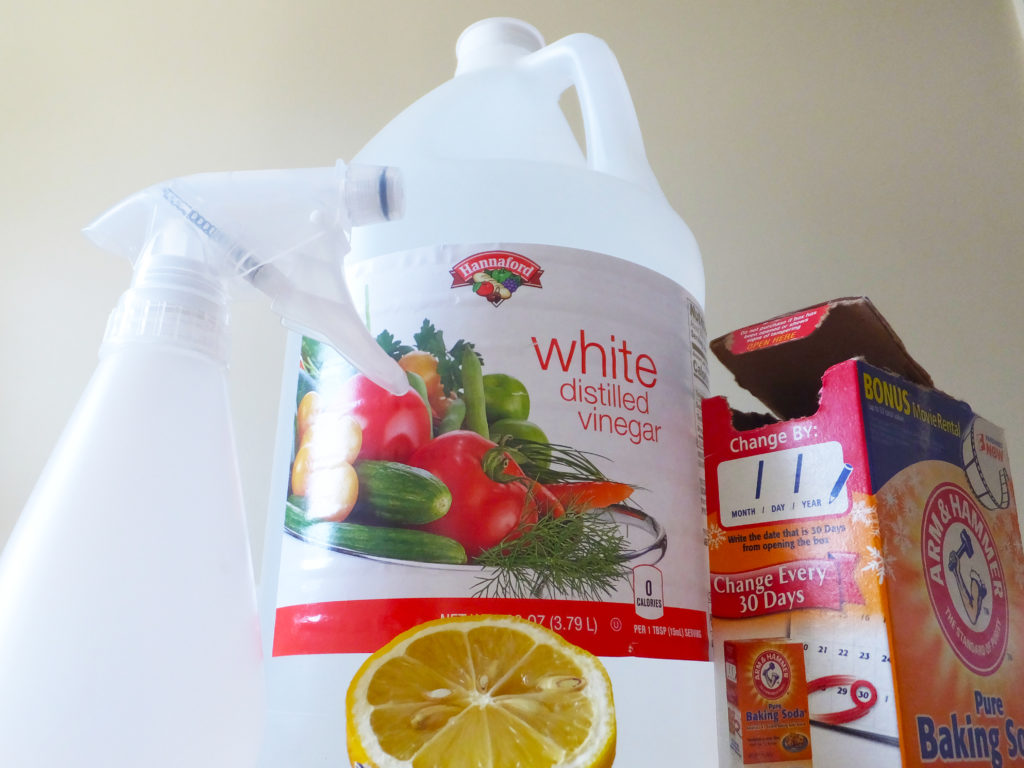Home>Gardening News and Trends>Latest News>How To Clean Fresh Herbs


Latest News
How To Clean Fresh Herbs
Modified: January 22, 2024
Discover the latest news on how to clean fresh herbs and keep them fresh longer. Learn the best techniques and tips for maintaining the flavor and quality of your herbs.
(Many of the links in this article redirect to a specific reviewed product. Your purchase of these products through affiliate links helps to generate commission for Chicagolandgardening.com, at no extra cost. Learn more)
Table of Contents
Introduction
Welcome to the world of fresh herbs, where fragrant and flavorful plants elevate our cooking and provide a touch of nature to our dishes. Whether you grow your own herbs or purchase them from a local market, one thing is for certain – they require proper care to ensure they stay fresh and flavorful for as long as possible.
Cleaning fresh herbs is a crucial step in herb preparation. It removes dirt, residue, and any potential pests that may have hitched a ride into your kitchen. By following the right methods to clean your herbs, you not only maintain their quality but also ensure the health and safety of your meals.
But with so many different herbs and cleaning techniques out there, how do you know which method is best? Don’t worry – we’ve got you covered. In this article, we’ll explore the various methods for cleaning fresh herbs, from gentle rinsing to more involved approaches. We’ll also provide useful tips for drying and storing herbs so you can enjoy their freshness for longer.
Whether you’re a seasoned chef or a culinary enthusiast, learning how to properly clean fresh herbs is a valuable skill to have in your arsenal. So let’s dive in and discover the best ways to keep your herbs clean, vibrant, and ready to enhance your cooking adventures.
Choosing the Right Method
When it comes to cleaning fresh herbs, there are several methods to choose from. The right method largely depends on the type of herb you’re dealing with, as well as personal preference. Here are some common methods to consider:
- Rinsing: This is perhaps the simplest and most common method for cleaning herbs. Start by giving the herbs a gentle rinse under cold running water. Be careful not to be too forceful, as delicate herbs like cilantro or mint can bruise easily. Use your fingers to gently rub off any dirt or residue. This method is suitable for most herbs, particularly those with sturdy leaves like rosemary or thyme.
- Soaking: For herbs with dirt that may be harder to remove, soaking them in a bowl of cold water can be effective. Fill a bowl with clean, cold water and gently submerge the herbs. Swirl them around to dislodge any dirt particles. After a few minutes, remove the herbs from the water and gently pat them dry with a paper towel. This method is especially useful for herbs like leeks or sage, which may have soil lodged between their layers.
- Blanching: Blanching involves briefly immersing herbs in boiling water, followed by a plunge into ice-cold water. This method not only cleans the herbs but also helps preserve their vibrant color. Bring a small pot of water to a boil, then carefully drop the herbs in for 10-15 seconds. Remove them with a slotted spoon and immediately transfer them to a bowl filled with ice water. Drain the herbs, gently pat them dry, and they’re ready to use. Blanching is particularly useful for herbs like basil or parsley.
- Dry brushing: For delicate herbs that can easily disintegrate or lose their flavor when exposed to water, dry brushing is a suitable method. Use a soft-bristled brush or a clean cloth to gently brush off any dirt or residue. This method is ideal for herbs like dill or tarragon.
When choosing the right method, consider the condition of your herbs, their fragility, and the level of dirt or pesticide residue they may have. Regardless of the method you choose, always ensure your herbs are thoroughly dry before proceeding to the next steps of storing or using them in your recipes. Now that we’ve explored the different cleaning methods, let’s move on to the next step in the process – washing the herbs.
Washing the Herbs
Once you’ve chosen the appropriate cleaning method for your herbs, it’s time to wash them to remove any dirt or residue. Follow these steps to ensure your herbs are clean and ready to be used:
- Preparation: Begin by gathering your herbs and removing any damaged or discolored leaves. Give them a gentle shake to remove any excess moisture.
- Rinse with cold water: For most herbs, a simple rinse under cold running water is sufficient. Hold the herbs under the tap, allowing the water to flow gently over the leaves. Use your fingers to rub off any dirt or debris. Be gentle, especially with delicate herbs.
- Soak for stubborn dirt: If your herbs have stubborn dirt or residue, you can fill a bowl with cold water and soak the herbs for a few minutes. Swish them around gently to help dislodge the dirt. However, be cautious not to soak delicate herbs for too long, as this can cause them to lose their flavor.
- Dry carefully: After washing, gently shake off any excess water from the herbs. Place them on a clean kitchen towel or paper towel to dry. Pat them gently with another towel to remove any remaining moisture. Avoid vigorous rubbing, as this can damage the delicate leaves.
- Inspect for any debris: Before proceeding to the next steps, take a moment to inspect the herbs for any remaining dirt, insects, or debris. Carefully remove any unwanted elements.
Remember, cleanliness is crucial when it comes to handling fresh herbs. By following these steps, you can ensure that your herbs are free of dirt, residue, and potential contaminants, allowing you to fully enjoy their wonderful flavors and aromas. Now that your herbs are clean, let’s move on to the next step – drying them.
Drying the Herbs
Properly drying herbs after washing is essential to preserve their flavor and prevent spoilage. Here are a few methods to effectively dry your herbs:
- Air drying: This is the most common and simplest method for drying herbs. Gather the clean herbs into small bundles and tie the stems together with a string or rubber band. Hang the bundles upside down in a well-ventilated, dry area away from direct sunlight. This process can take several days to a few weeks, depending on the herb and the humidity level. Once the herbs are completely dry and crumbly to the touch, remove the leaves from the stems and store them in an airtight container.
- Oven drying: If you’re short on time or live in a humid environment, oven drying can be a faster alternative. Preheat your oven to the lowest temperature (around 180°F or 80°C). Lay the clean herbs in a single layer on a baking sheet lined with parchment paper. Place the sheet in the oven and leave the door slightly ajar to allow moisture to escape. Keep a close eye on the herbs to prevent them from burning. Once they are dry and brittle, remove them from the oven and let them cool before storing.
- Dehydrator: If you have a food dehydrator, you can use it to dry your herbs quickly and efficiently. Follow the manufacturer’s instructions for drying herbs. Typically, the process involves placing the clean herbs on the dehydrator trays and setting the temperature to a low setting, around 95°F (35°C) for herbs. Check the herbs regularly and remove them when they are thoroughly dry.
Regardless of the drying method you choose, it’s important to ensure that your herbs are fully dry before storing them. Moisture can cause mold and spoilage, resulting in the loss of flavor and quality. Once your herbs are properly dried, it’s time to move on to the next step – storing them.
Storing the Herbs
Proper storage is key to maintaining the freshness and flavor of your herbs. Here are some tips to ensure your herbs stay in optimal condition:
- Remove excess moisture: Before storing your herbs, make sure they are completely dry. Moisture can cause herbs to rot or develop mold. Use a paper towel or clean cloth to gently pat them dry if needed.
- Airtight containers: Store dried herbs in airtight containers such as glass jars or resealable bags. This helps to prevent moisture, light, and air from deteriorating the quality of the herbs. Ensure the containers are clean and dry before transferring the herbs.
- Label and date: It’s important to label your containers with the name of the herb and the date of storage. This way, you can easily identify and keep track of the herbs in your collection.
- Proper location: Store your herbs in a cool, dry, and dark place. Avoid exposing them to direct sunlight or heat, as this can cause the herbs to lose their potency and flavor.
- Avoid crushing: Whole herbs tend to retain their flavor and aroma better than crushed or ground herbs. It’s recommended to store herbs in whole form and crush or grind them just before use to maximize their freshness.
By following these storage practices, you can keep your herbs fresh for months and ensure they retain their vibrant flavors and aromas. Remember to check your stored herbs periodically for any signs of spoilage and discard any that appear moldy or have a strange odor.
Now that you know how to clean, dry, and store your herbs properly, you can enjoy the benefits of having fresh herbs at your fingertips for a longer period. But wait, there’s more! Let’s explore some additional tips for maintaining your herbs.
Additional Tips for Herb Maintenance
Now that you have learned the essentials of cleaning, drying, and storing herbs, there are a few additional tips to keep in mind for maintaining their freshness and longevity:
- Trimming: To prolong the life of your fresh herbs, it’s helpful to trim the stems before storing them. This removes any wilting or discolored portions and encourages new growth.
- Freezing: Freezing herbs is a great way to preserve them for an extended period. Simply wash and dry the herbs thoroughly, then chop or leave them whole and place them in an airtight container or freezer bag. Freeze them for up to six months and add them directly to cooked dishes as needed.
- Infused oils and butters: Extend the life of your herbs by infusing them into oils or butters. This not only imparts their flavors into the ingredients but also helps preserve the herbs. Place washed and dried herbs in a jar, cover them with oil or softened butter, and let them infuse for a few days. Strain out the herbs and store the infused oil or butter in the fridge for future use.
- Grow your own herbs: Consider growing your own herb garden. This allows you to have a fresh supply of herbs at your fingertips, ensuring the highest quality and taste. Plus, it’s a rewarding and enjoyable activity!
- Use herb stems: Don’t discard the stems! While the leaves are often the preferred part for culinary use, the stems can still be used for flavoring broths, stocks, or herbal teas.
- Do not wash until ready to use: If you have access to a fresh herb source, such as a garden or farmers’ market, it’s best to avoid washing the herbs until you’re ready to use them. This helps to maintain their flavor and texture for a longer period.
By incorporating these additional tips into your herb maintenance routine, you can make the most out of your herbs and enjoy their fresh flavors in your favorite recipes throughout the year.
Now armed with a wealth of knowledge about cleaning, drying, storing, and maintaining herbs, you can confidently embark on your culinary adventures, adding a burst of freshness and flavor to your dishes. Happy herb-caring!
Conclusion
Cleaning, drying, and storing fresh herbs may seem like simple tasks, but they play a crucial role in preserving the flavors, aromas, and quality of these culinary treasures. By following the right methods and incorporating the additional tips we’ve discussed, you can ensure that your herbs stay fresh, vibrant, and ready to enhance your dishes for an extended period.
Remember to choose the appropriate cleaning method based on the type of herb and its condition, whether it’s gentle rinsing, soaking, blanching, or dry brushing. Washing the herbs thoroughly removes any dirt or residue, preparing them for the next step.
Drying the herbs properly is essential for their longevity. Whether you opt for air drying, oven drying, or using a dehydrator, ensure that your herbs are completely dry before storing them in airtight containers. Proper storage, labeling, and finding the ideal location for your herbs are essential to maintain their freshness and flavor.
Additionally, there are supplementary techniques such as freezing, infusing oils or butters, and utilizing herb stems that can further extend the life and utility of your herbs. Growing your own herb garden is a rewarding option for having a continuous supply of fresh herbs.
Now equipped with these valuable insights, you can confidently maintain and care for your herbs, allowing you to enjoy the vibrant flavors and aromas they bring to your culinary creations. So go forth, embrace the world of fresh herbs, and elevate your cooking to new heights!
